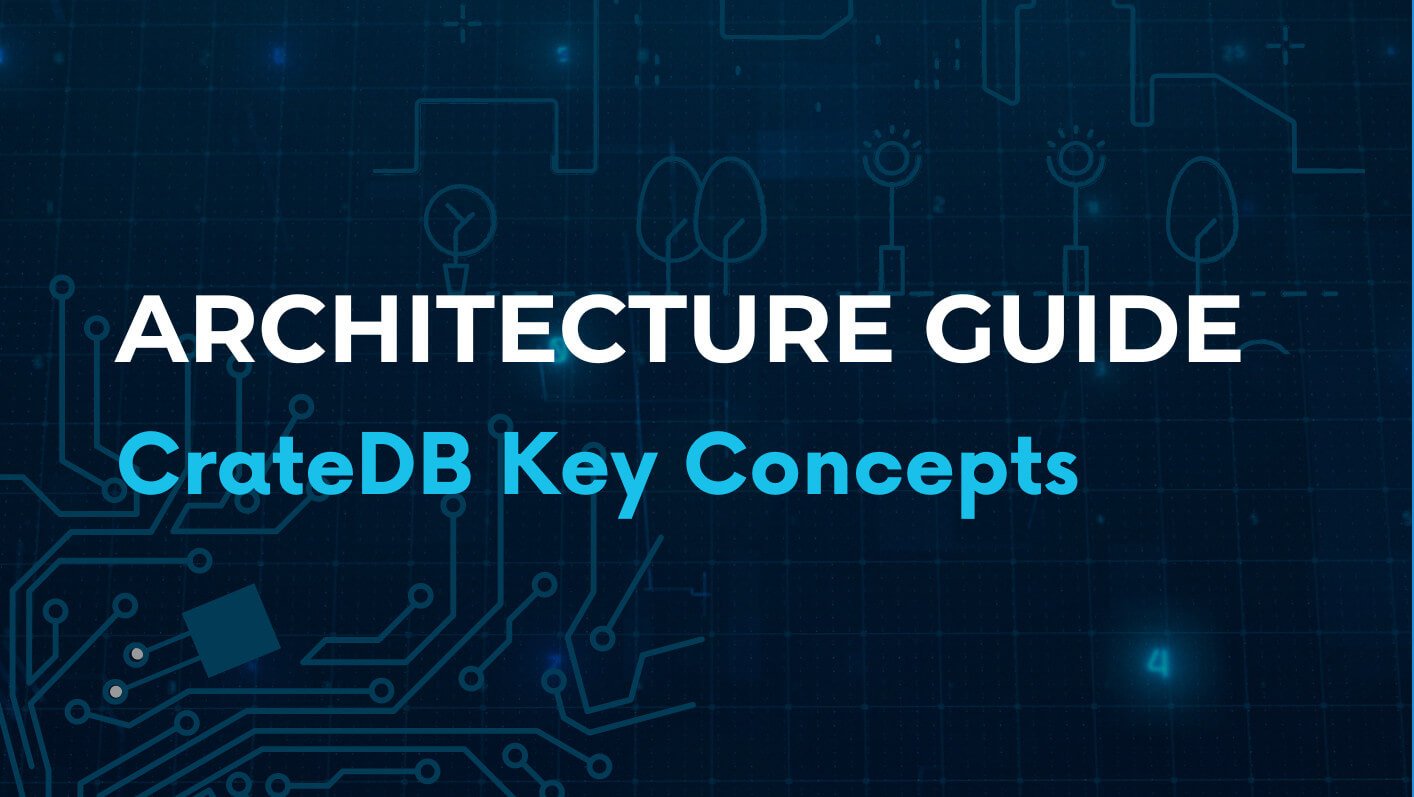Consistency & Durability
In high-performance, distributed environments, reliability isn’t optional, it’s fundamental.
CrateDB is engineered to balance real-time performance with data integrity, ensuring your data remains accurate, durable, and accessible even under network failures or hardware interruptions.
Through a blend of eventual and strong consistency models, atomic operations, and durable storage mechanisms, CrateDB guarantees that every operation is safely recorded and consistently retrievable, no matter the scale or workload.
Eventual consistency for real-time search
CrateDB adopts an eventual consistency model for search operations, optimized for performance and availability in distributed systems.
This model is built around shared IndexReaders, which cache shard data and enable rapid lookups and aggregations.
- Each IndexReader is bound to a Lucene segment and refreshed periodically to incorporate recent changes.
- Refreshes can be time-based (configurable) or triggered manually via the REFRESH TABLE command.
- A search query only “sees” data that’s been indexed and refreshed, ensuring predictable, low-latency search behavior.

Strong consistency for primary key operations
For queries where the primary key or routing key is fully specified (for example, WHERE id = '123'), CrateDB enforces strong consistency.
- The system can directly compute the shard and row location.
- The document is retrieved through a single, atomic lookup on the _id field.

Atomicity and durability
While CrateDB is designed for horizontal scalability and high ingestion rates, it never compromises on data integrity.
Every write operation in CrateDB is atomic at the row level:
- An insert, update, or delete either fully succeeds or has no effect at all.
- Even complex or nested documents are treated as single atomic entities.
- No partial writes, no corrupted states.
Combined, these mechanisms safeguard the integrity of your data across distributed clusters, even under extreme concurrency or hardware interruptions.

Multi-Version Concurrency Control (MVCC)
- Multiple read and write transactions can occur simultaneously without locking contention.
- Readers always see a consistent snapshot of the data.
- Writers can update rows independently without blocking queries.

In practice
CrateDB’s consistency and durability model is designed for modern data workloads:
- Real-time analytics on continuously changing data.
- Operational monitoring with guaranteed correctness on key lookups.
- IoT and manufacturing data where temporary network partitions cannot halt processing.
- AI and ML pipelines where feature data must remain accurate and recoverable.

CrateDB architecture guide
This comprehensive guide covers all the key concepts you need to know about CrateDB's architecture. It will help you gain a deeper understanding of what makes it performant, scalable, flexible and easy to use. Armed with this knowledge, you will be better equipped to make informed decisions about when to leverage CrateDB for your data projects.
